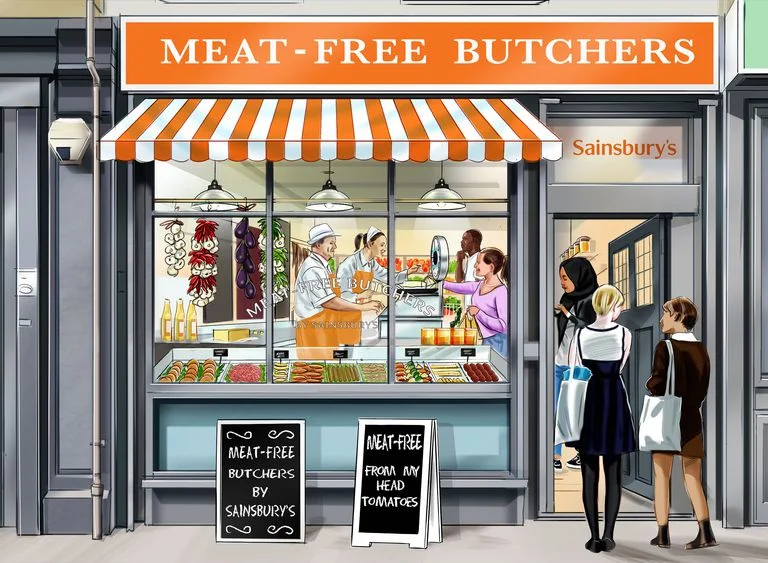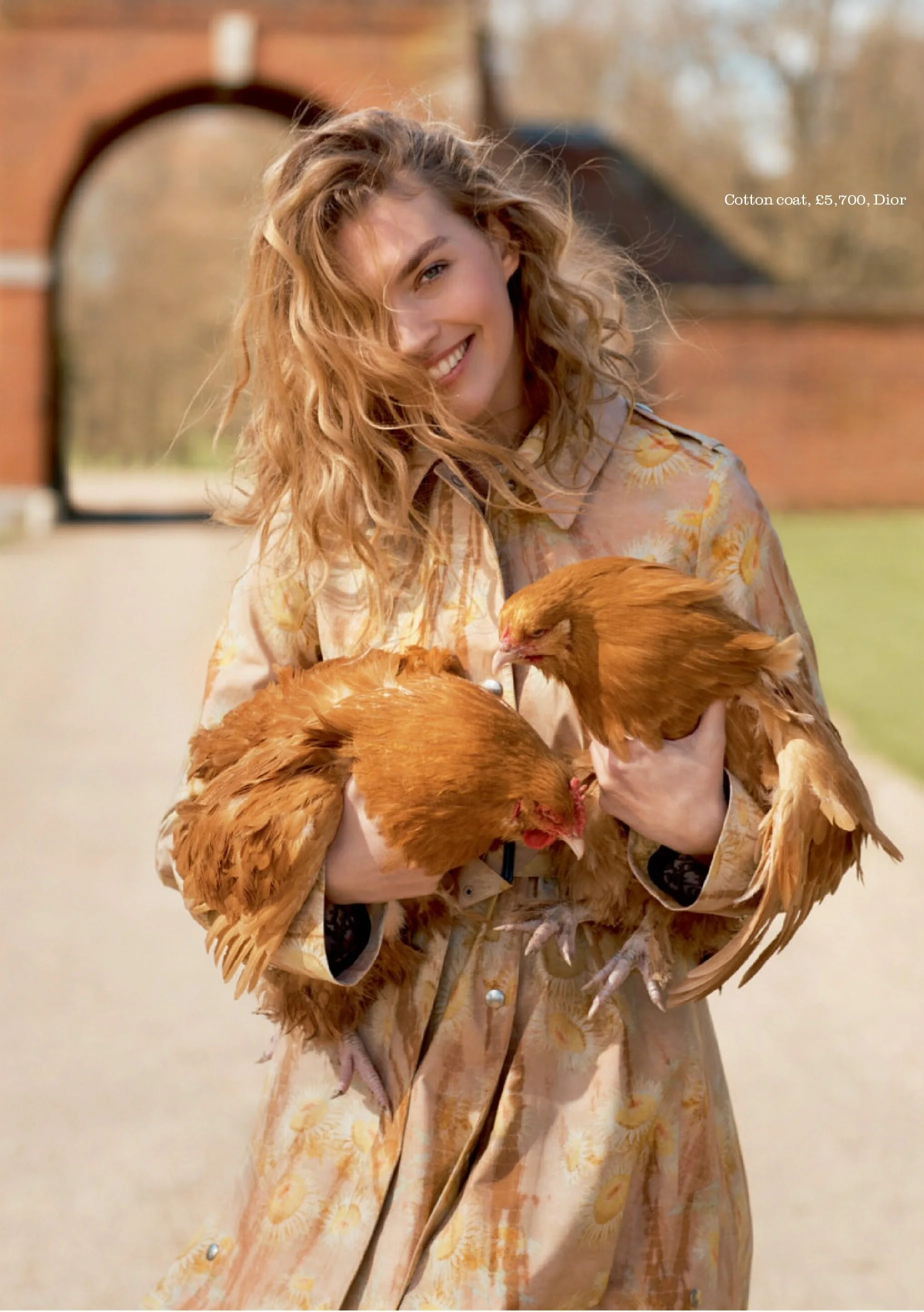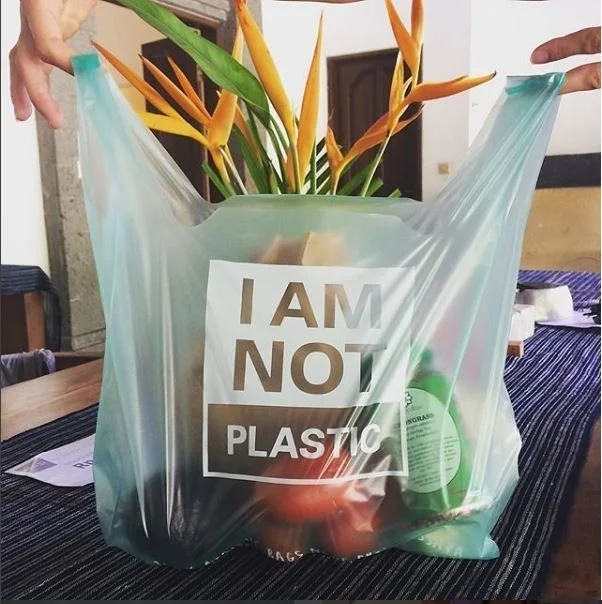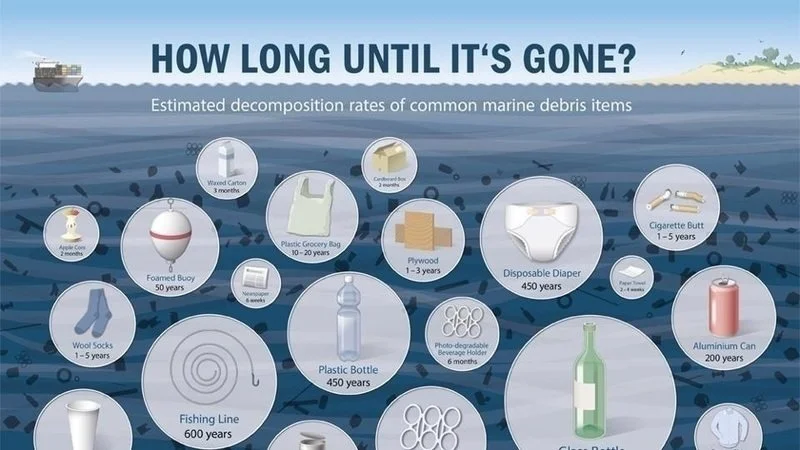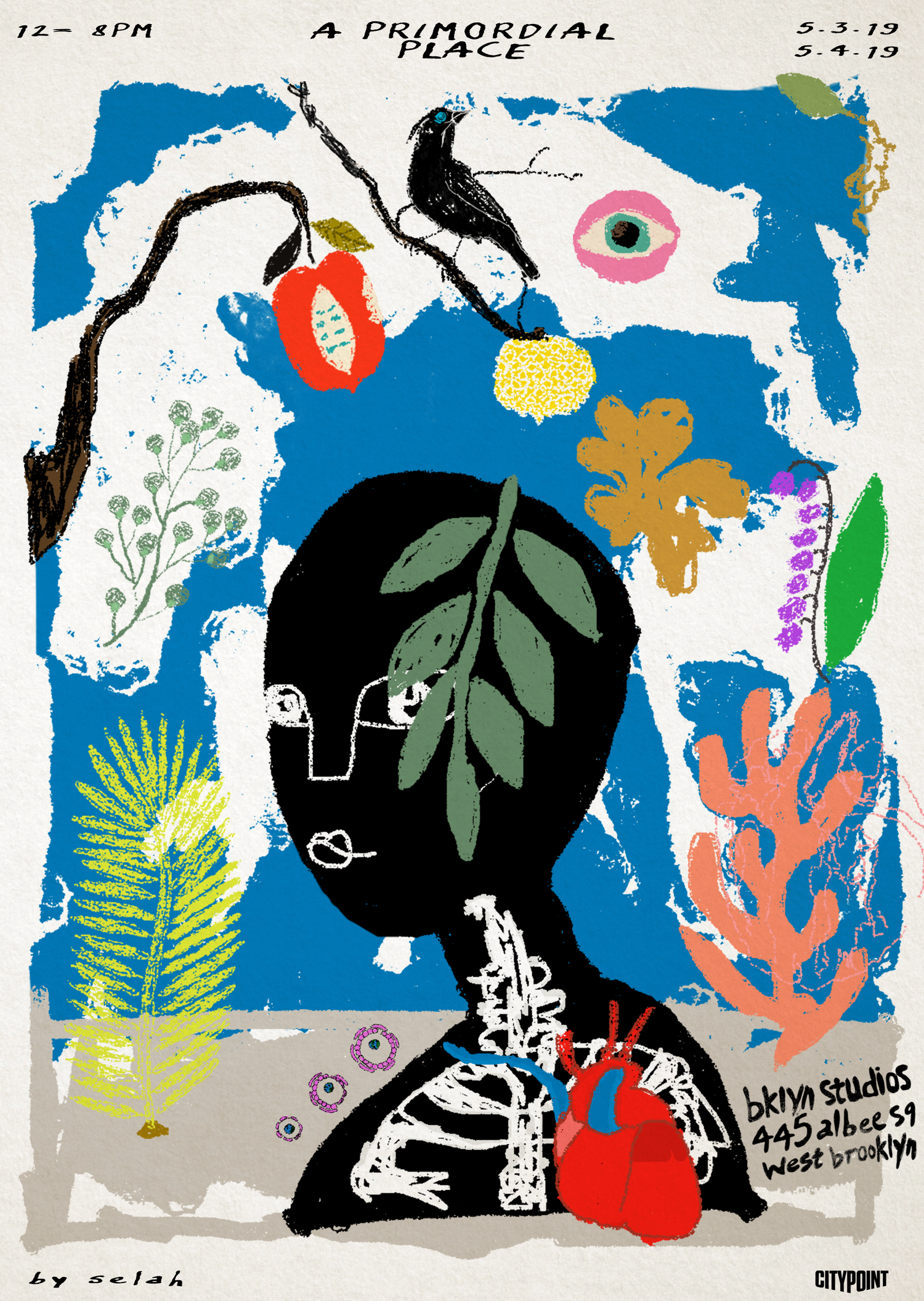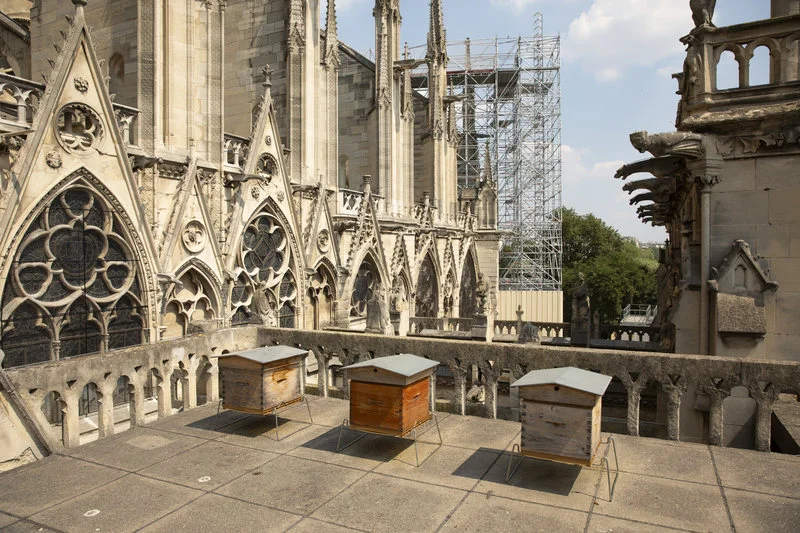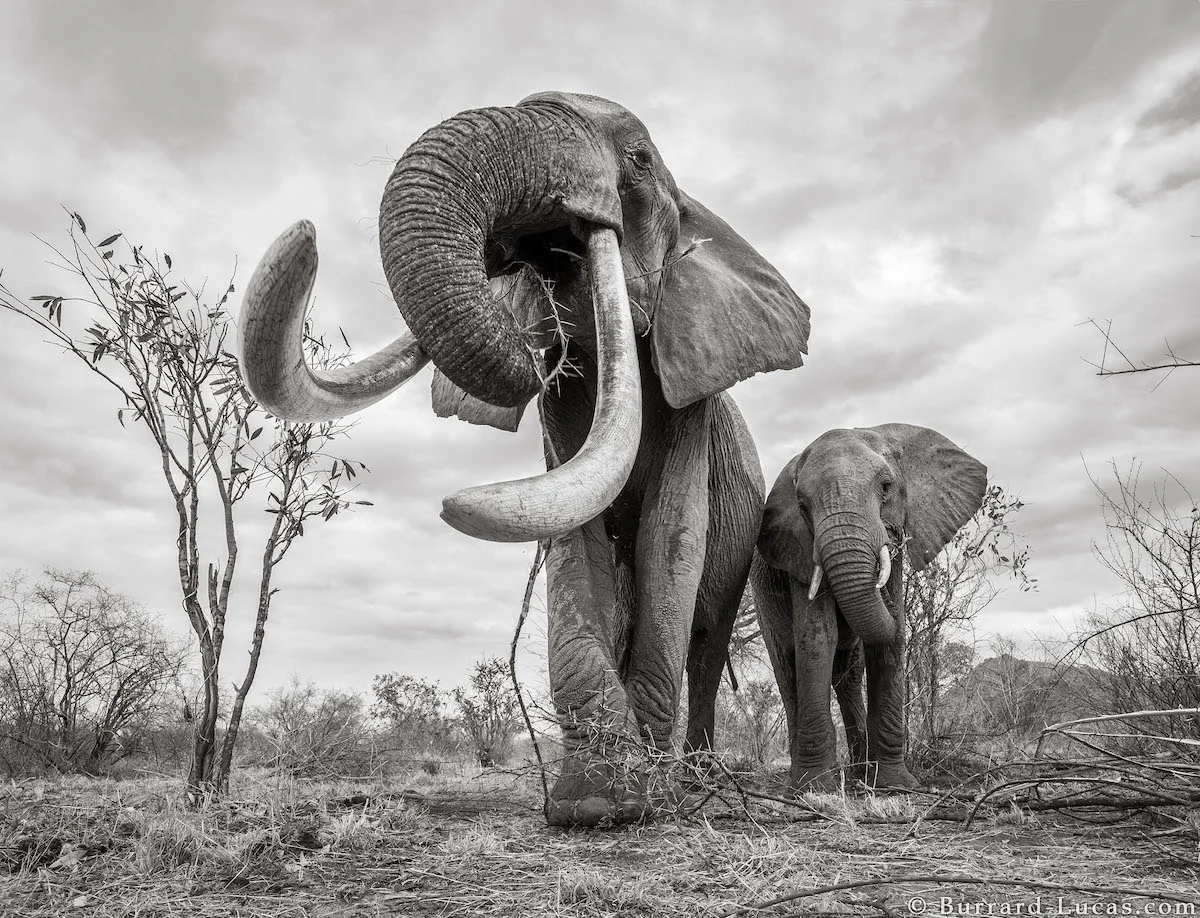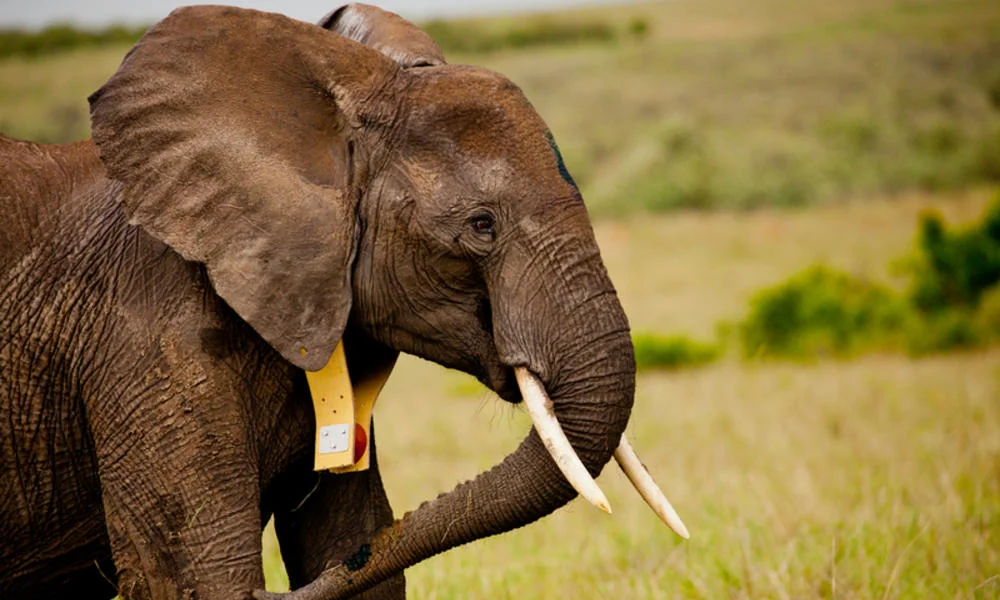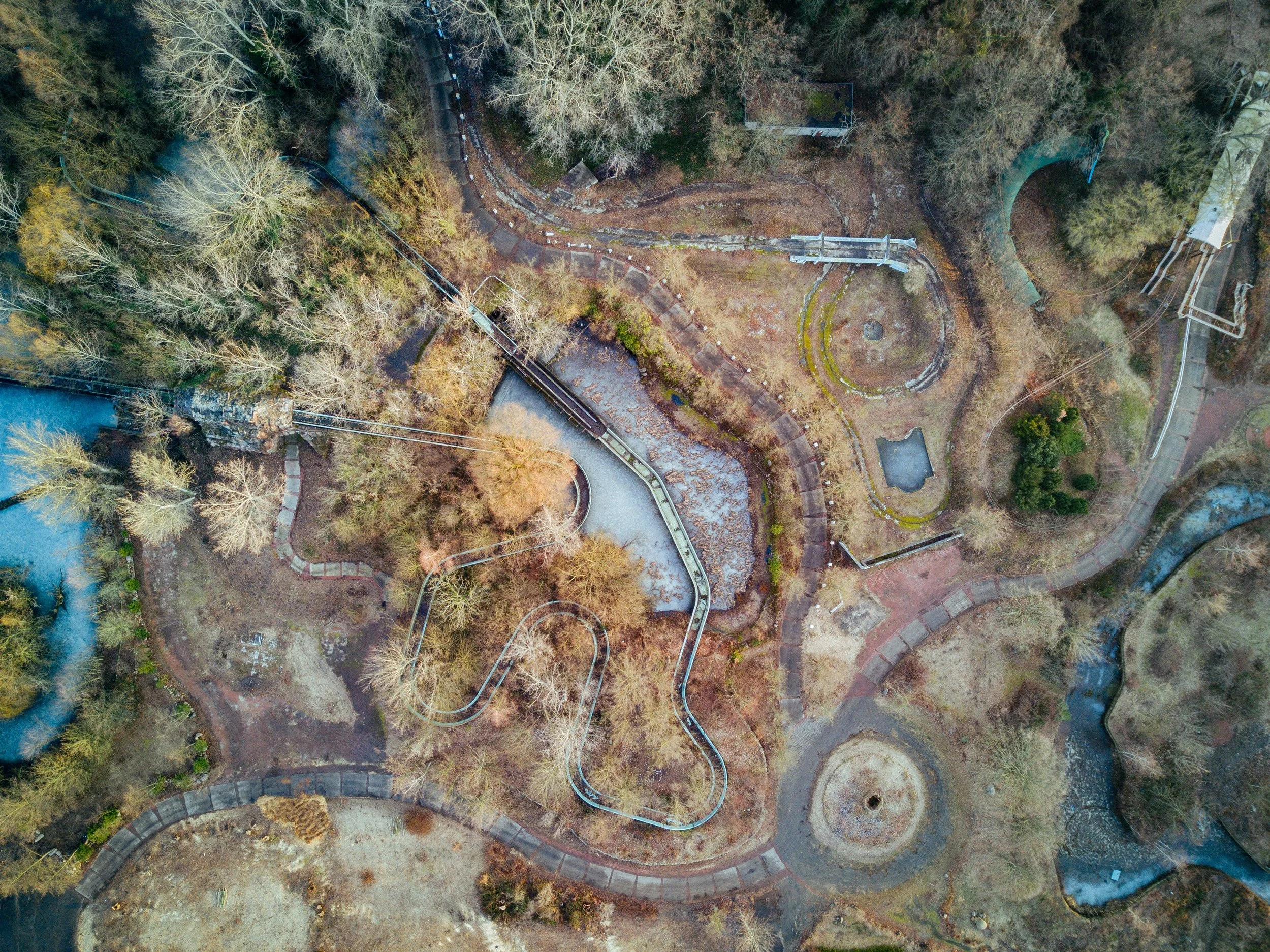Scientists Call for Drastic Drop in Emissions. U.S. Appears to Have Gone the Other Way.
By Abraham Lustgarten , ProPublica. This story was originally published by ProPublica.
The signals are blaring: Dramatic changes to our climate are well upon us. These changes — we know thanks to a steady drumbeat of alarming official reports over the past 12 months — could cripple the U.S. economy, threaten to make vast stretches of our coastlines uninhabitable, make basic food supplies scarce and push millions of the planet’s poorest people into cities and across borders as they flee environmental perils.
All is not yet lost, we are told, but the demands of the moment are great. The resounding consensus of scientists, economists and analysts tells us that the solution lies in an unprecedented global effort to immediately and drastically drop carbon emissions levels. That drop is possible, but it will need to happen so fast that it will demand extraordinary commitment, resolve, innovation and, yes, sacrifice. The time we’ve got to work with, according to the United Nations, is a tad more than 10 years.
And so it stings particularly badly to learn from a new report released this weekby the Rhodium Group, a private research company, that U.S. emissions — which amount to one-sixth of the planet’s — didn’t drop in 2018 but instead skyrocketed. The 3.4 percent jump in CO2 for 2018, projected by the Rhodium Group, would be second-largest surge in greenhouse gas emissions from the United States since 1996, when Bill Clinton was president.




